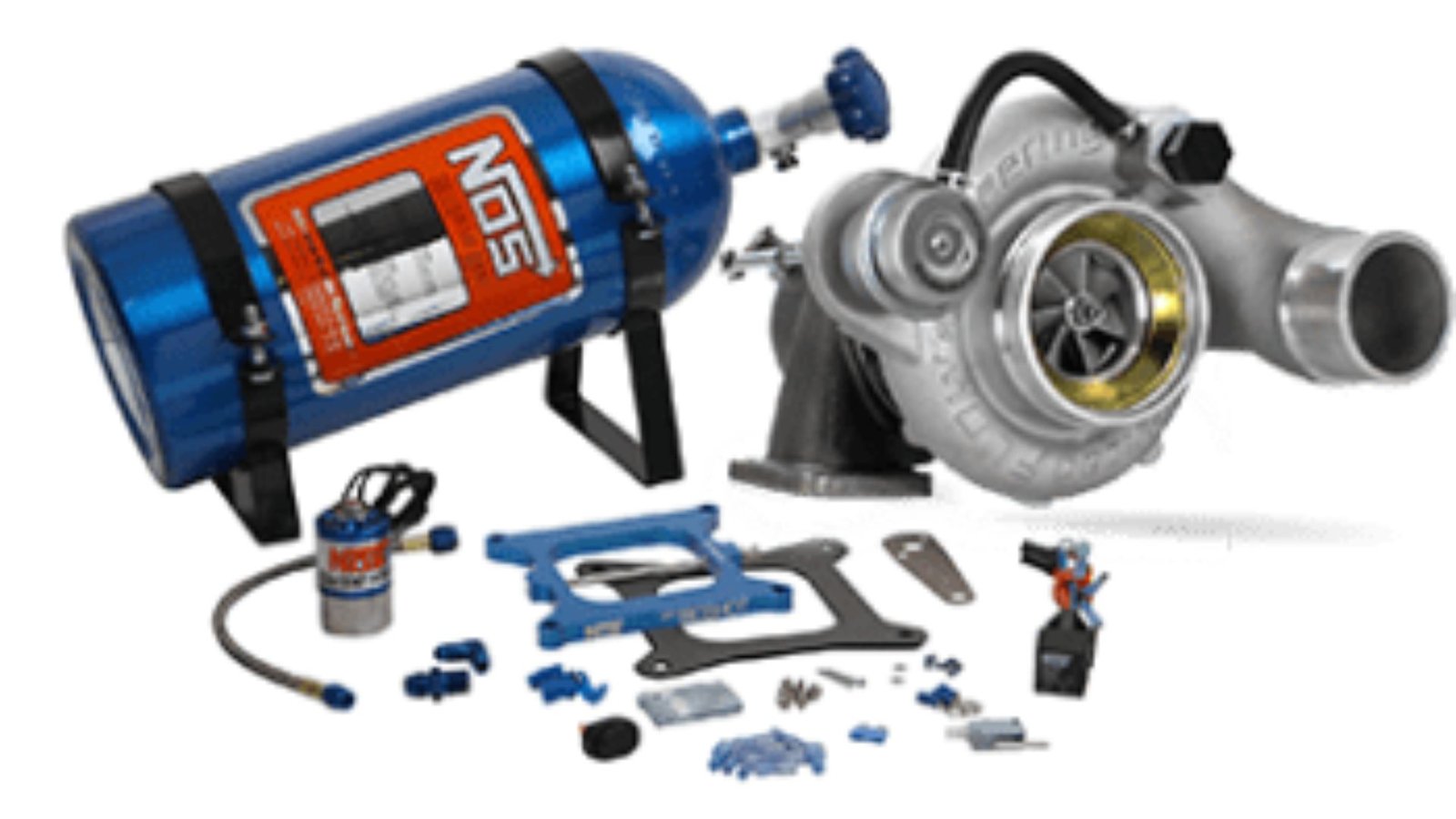Selecting the right car parts is crucial for maintaining the performance, safety, and longevity of your vehicle. With numerous options available, understanding how to choose the right car parts can save you both time and money. This guide will help you navigate through the process effectively.
Understanding Your Vehicle’s Needs
Before diving into the selection process, it’s essential to have a clear understanding of your vehicle’s needs. Knowing the make, model, and year of your car is the first step. This information helps you identify compatible parts and ensures you make informed decisions. Additionally, understanding the symptoms of a malfunction can guide you in selecting the appropriate replacement part.

Review Your Vehicle’s Manual
Your vehicle’s manual is an invaluable resource when choosing the right car parts. It provides specific details about the required specifications and part numbers. By referring to the manual, you can ensure that you’re selecting parts that meet your vehicle’s exact requirements.
Consult a Professional Mechanic
If you’re unsure about which parts to choose, consulting a professional mechanic is a wise decision. Mechanics have extensive knowledge and experience in identifying and recommending the right car parts. Their expertise can prevent costly mistakes and ensure you select parts that are compatible with your vehicle.
Consider Quality and Brand
When choosing the right car parts, quality and brand play a significant role. Opting for high-quality parts can enhance the performance and reliability of your vehicle. Here’s what to consider:
OEM vs. Aftermarket Parts
Original Equipment Manufacturer (OEM) parts are designed by the car’s manufacturer and are guaranteed to fit perfectly. While they are often more expensive, they ensure high quality and reliability. On the other hand, aftermarket parts are produced by third-party manufacturers and can vary in quality. It’s essential to research and choose reputable aftermarket brands if you go this route.
Research Brands and Reviews
To choose the right car parts, research different brands and read customer reviews. Reliable brands typically offer high-quality parts that meet or exceed OEM standards. Reviews from other car owners can provide insights into the performance and durability of specific parts.
Check Compatibility and Specifications
Ensuring that the parts you choose are compatible with your vehicle is crucial. Here’s how to verify compatibility:
Use Online Part Finders
Many automotive websites offer online part finders that help you locate parts based on your vehicle’s make, model, and year. These tools can simplify the process of choosing the right car parts by narrowing down options that fit your vehicle.
Cross-Reference Part Numbers
If you’re replacing a part, cross-referencing part numbers can help you find a compatible replacement. Most parts have unique numbers that identify their specifications. Cross-referencing these numbers ensures that the replacement part will function as intended.
Consider Cost vs. Value
While it’s tempting to opt for the cheapest parts available, it’s important to consider the cost versus value. Higher-quality parts might come with a higher price tag but can offer better performance and longevity. Weighing the cost against the value of the part will help you make a more informed decision.
Budgeting for Parts
Establishing a budget before you start shopping for parts can help you narrow down your choices. It’s essential to balance cost with quality to ensure you get the best value for your money.
Longevity and Warranty
When choosing the right car parts, consider the longevity and warranty offered. Parts with longer warranties often indicate higher quality and provide additional peace of mind. Investing in parts with good warranties can save you from future replacement costs.
Conclusion
Choosing the right car parts is a crucial aspect of vehicle maintenance and repair. By understanding your vehicle’s needs, considering quality and brand, checking compatibility, and balancing cost with value, you can make informed decisions that enhance your vehicle’s performance and longevity. Remember, careful selection now can prevent problems and ensure a smooth driving experience in the future.




